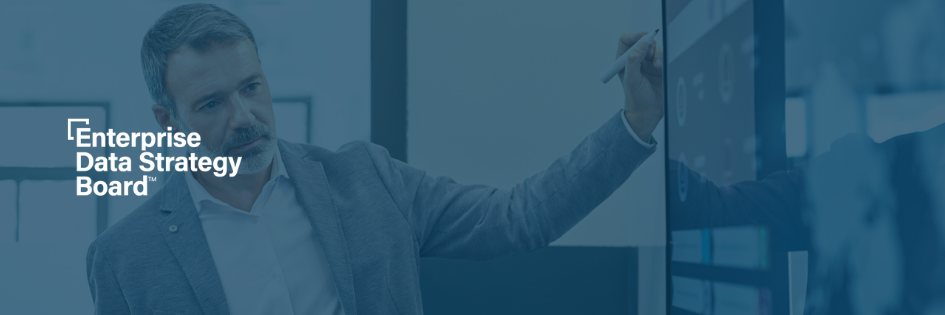Key takeaways:
- Realistic expectations matter: Set realistic migration timelines, allocate ample time for data migration, and consider a gradual transition to minimize disruptions.
- Self-service analytics considerations: Assess the impact of self-service analytics environments, evaluate data source compatibility, and prioritize effective change management.
- Complete vs. partial migration: Decide whether to migrate all reports or incrementally, based on complexity and value, while eliminating redundancies.
An Enterprise Data Strategy Board member sought insights and experiences from other senior data leaders who migrated from Tableau to Microsoft Power BI, aiming to sunset Tableau.
They were faced with fully migrating and training their organization on Power BI — with a looming contract termination in just three months.
That member quickly and confidentially posed a question to peers in our online member portal for advice on gaining more buy-in for a tool many people in their company have not used.
Nine senior data leaders at the world’s largest companies responded within 48 hours with the following insights and recommendations on the migration process.
Members shared best practices on implementing new data visualization tools

1. Set realistic expectations on the migration duration
Members shared how the migration process typically takes six months to a year, depending on factors such as the size and complexity of the Tableau ecosystem and the number of reports to be migrated.
One member explained how running Tableau and Power BI simultaneously for a period of time can help ensure a smooth transition and avoid business disruptions.
Peer leaders explained how it’s essential to allocate sufficient time for data migration, report rebuilding, testing, and user training in order to successfully transition from one data visualization tool to another.
2. Self-service analytics require more efforts
The members who provided support said the presence of a centralized or self-service analytics environment in Tableau impacts the complexity of the migration. Self-service analytics environments require additional effort due to the unlearning/learning process and the need to align Tableau’s “Build” components with Power BI.
One data leader said existing governance frameworks and data sources should be evaluated for compatibility with Power BI. Power BI’s connector availability for data sources should be considered, and strategies should be developed to address any gaps.
Another member shared how good change management practices, including involving power users and ensuring clear communication, are crucial for a successful migration.
3. Complete migration vs. partial migration: Decide which is better for your data visualization
Several data leaders shared how they opted for a partial migration, transferring reports incrementally based on complexity and criticality. This approach allowed them to gradually transition users and enhance reports based on usage patterns and feedback.
Members also discussed how before considering a complete migration, data leaders should assess the usage and value of current reports, eliminating redundant or underutilized reports during the migration process.
Lessons learned during the data visualization migration process

1. Pilot projects can help allocate resources
The aggressive timeline set for the migration posed challenges, and Enterprise Data Strategy Board members advised caution in setting realistic expectations and allocating adequate resources.
Data leaders explained how pilot projects or proofs of concept can help in estimating timelines and resource requirements accurately before committing to a full-scale migration.
2. Understand the data modeling and design considerations before migrating
Members also shared how understanding the differences between Tableau and Power BI from a data modeling perspective is crucial to avoid potential mistakes during report development in Power BI.
Consultation with Microsoft Power BI experts and engaging them early in the process can provide valuable guidance and accelerators for a smoother migration.
3. Establish user training programs for a smoother transition
Members noted that including analysts and end-users early on and incorporating their feedback is vital for user adoption and success.
Training programs and resources should be developed to upskill users in Power BI, focusing on the unique features and functionalities it offers compared to Tableau.
Peer insights provided support for a data leader who had an unrealistic timeline and intense internal pressure

This example highlights how the experiences and insights shared by Enterprise Data Strategy Board members helped one data leader migrate their data visualization tool.
Members emphasized the need for realistic timelines, thorough planning, and effective change management strategies during the migration process. Our member seeking advice used these peer insights to help establish their process of sunsetting one tool and implementing another.
By leveraging peer insights in our community, data strategy leaders at the world’s largest companies are able to gain actionable insights on the most pressing challenges they face.
Members get immediate feedback on daunting challenges like optimizing data visualization tools and training their organizations on the use of new tools.
If you lead data strategy at a large organization, apply to learn how support from your peers in our community will help enhance your data strategy.


